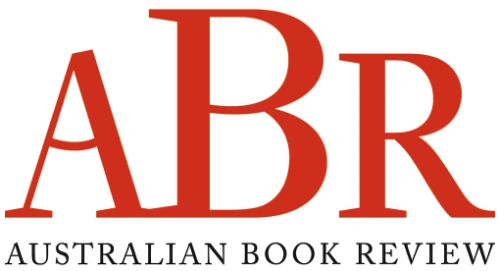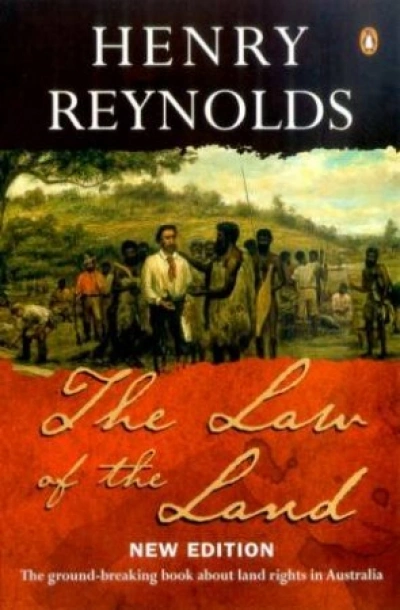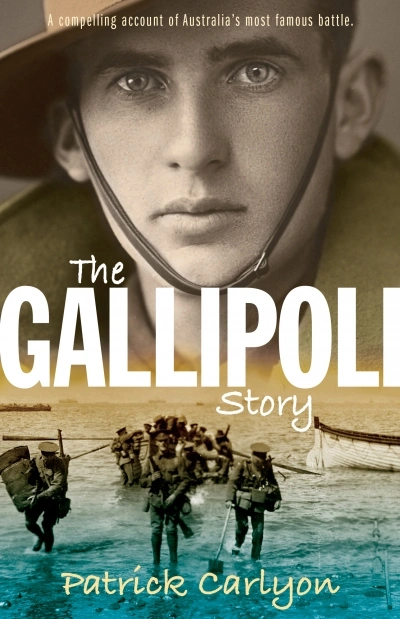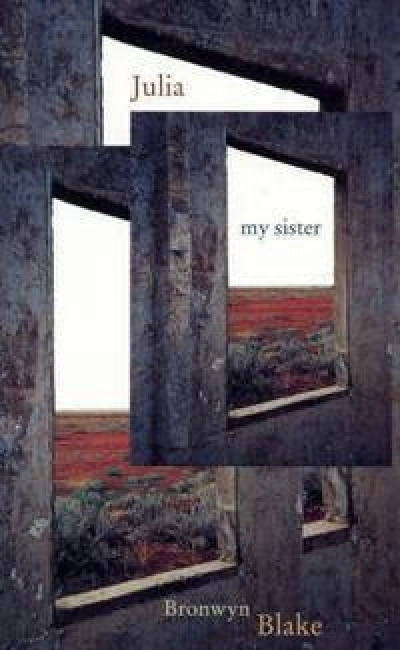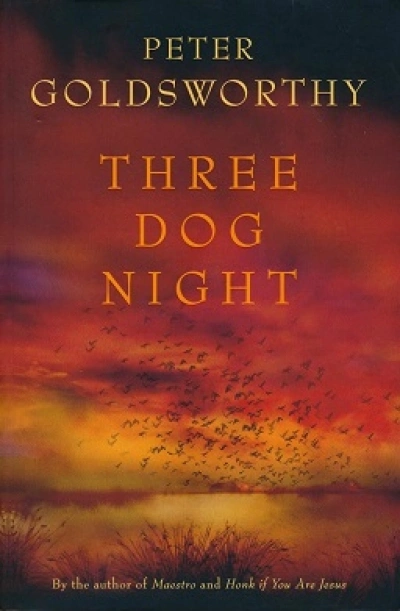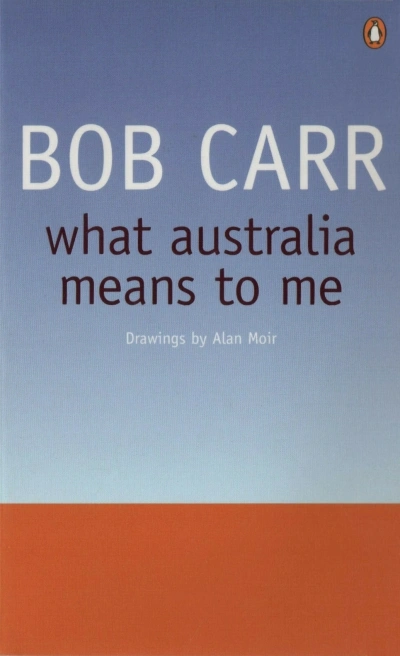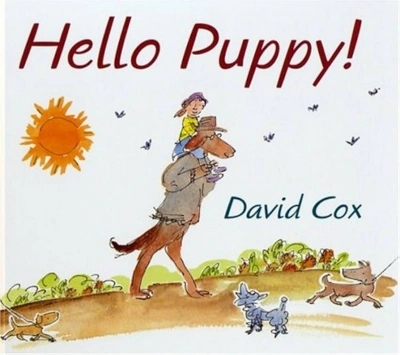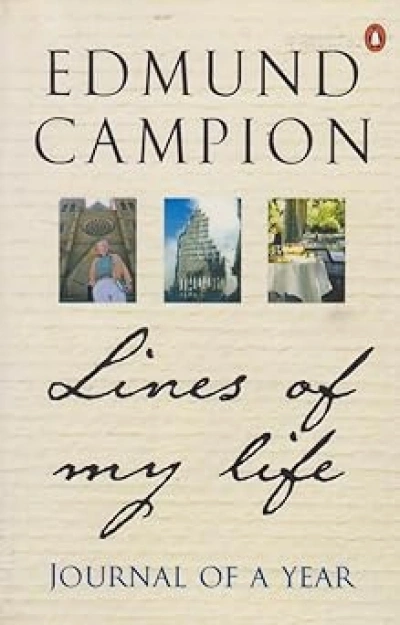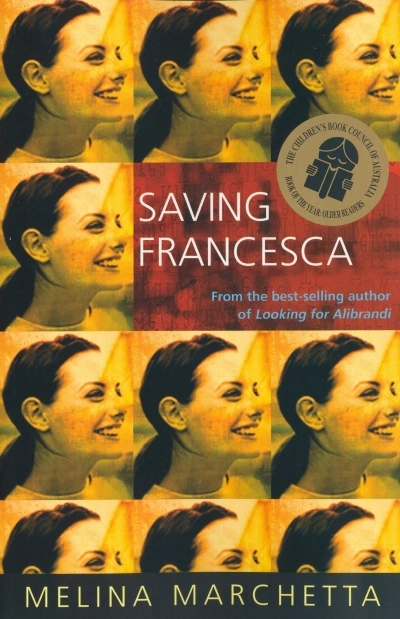Accessibility Tools
- Content scaling 100%
- Font size 100%
- Line height 100%
- Letter spacing 100%
Penguin
The Gallipoli Story by Patrick Carlyon & Lasseter, the Man, the Legend, the Gold by Kathryn England
Julia My Sister by Bronwyn Blake & Thambaroo by Jane Carroll
What Australia Means to Me by Bob Carr & Bob Carr by Andrew West and Rachel Morris
Hello Puppy! by David Cox & Milli, Jack and the Dancing Cat by Stephen Michael King
A Guide To Australian Folklore: From Ned Kelly To Aeroplane Jelly
By Gwenda Beed Davey and Graham Seal
Simon & Schuster, $29.95 pb, 310pp, 0 7318 1075 9
Two of Australia’s authorities on folklore have drawn on many years of research to produce this new reference book. An alphabetical listing of events, beliefs, characters, places, activities and allusions, it is more than a dictionary, often delving into shifts in cultural values and the national character. For example, the entry under garage sale explores the changing attitudes over the past decades to the public sale of personal items. Significant traditions from the many cultures – including indigenous – found in Australia are acknowledged: Passover, muck-up day, Broome’s Shinju Matsuri Festival, the Tasmanian tiger and Anzac biscuits all find a place. The cross-referencing of entries provides a fascinating glimpse into the intricate web that is Australian folklore. The bibliography extends for fourteen pages and is itself a valuable reference for any reader wanting to pursue source materials.
... (read more)